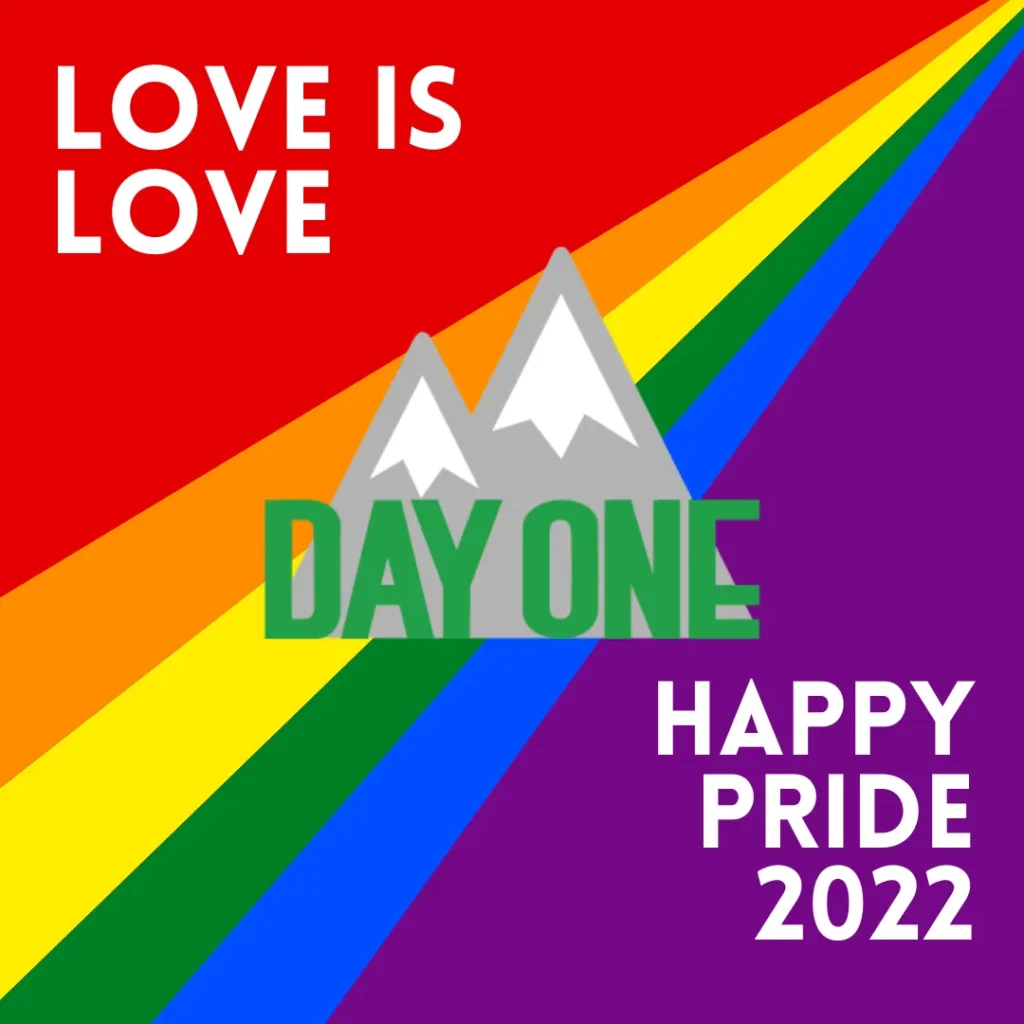Language Matters

In honor of Pride Month this blog post will discuss mental health issues the LGBTQIA+ community experience. One of those is a lack of validation and affirmation. A step LGBTQIA+ allies can take to work towards giving validation is by learning to use the correct terminology and gender affirming language.
LGBTQIA+: Acronym for lesbian, gay, bisexual, transgender, queer or questioning, asexual, and intersex. The “+” represents those who are part of the community, but for whom LGBTQIA does not reflect or capture their identity.
SEXUAL ORIENTATION: Describes a person’s physical, romantic, and/or emotional attraction to another person.
SEX: Classification of a person as male or female. A person’s sex is a combination of bodily characteristics including: chromosomes, hormones, internal and external reproductive organs, and secondary sex characteristics.
GENDER IDENTITY: A person’s internal, deeply held sense of their gender. Gender identity is not visible to others, unlike gender expression.
CISGENDER: A term used by some for people whose gender identity aligns with the one typically associated with the sex assigned to them.
GENDER NON-CONFORMING: A term used to describe some people whose gender expression is different from conventional expectations of masculinity and femininity. Not all gender non-conforming people identify as transgender.
IDENTITY AFFIRMING LANGUAGE: The language used to refer to a person that affirms their gender identity, including their preferred name and pronouns.
TRANSGENDER: An umbrella term for people whose gender identity and/or gender expression differs from what is typically associated with the sex they were assigned at birth.
Tragically, because of a lack of support and respect many LGBTQIA+ people experience from family members, peers, and coworkers, suicide rates for the LGBTQIA+ community are significantly higher than those of heterosexual people, especially in Utah. This disparity comes from the increased risk factors LGBTQIA+ people experience for suicide, including mental health problems, alcohol or drug use, prejudice and discrimination, and social isolation. These risk factors can be mitigated by protective factors, such as family acceptance, connectedness, sense of safety, and access to competent mental health care.
To help address the issue of LGBTQIA+ Suicide in Utah, the Utah Suicide Prevention Coalition, Utah Division of Substance Abuse and Mental Health, and the Utah Pride Center joined forces to create a Suicide prevention plan, which outlines goals to increase protective factors for LGBTQIA+ Utahns. These goals include providing LGBTQIA+ people with access to quality medical and mental health care, including early interventions for those struggling with drug use or suicidal ideations, creating social support of help-seeking and recovery behaviors in the LGBTQIA+ community, decreasing access to lethal means that could be used in suicide attempts, creating safe and supporting environments for LGBTQIA+ people, open discussions of the suicide risk for LGBTQIA+ communities and provide support to those who have lost people to suicide, teaching LGBTQIA+ individuals coping and problem solving skills.
You can read the full Suicide Prevention plan by visiting https://sprc.org/sites/default/files/Utah%20LGBTQ%2B%20Suicide%20Prevention%20Plan%202020-2023.pdf


